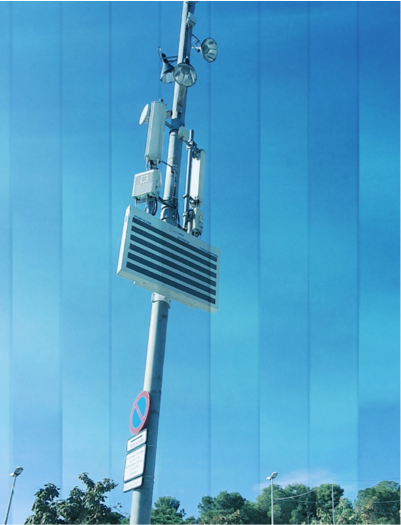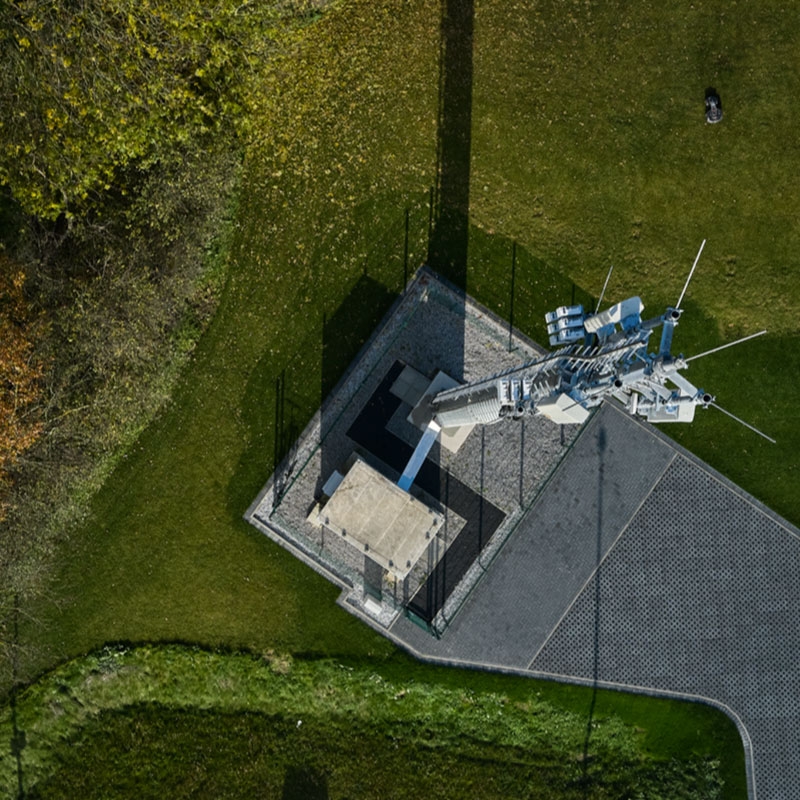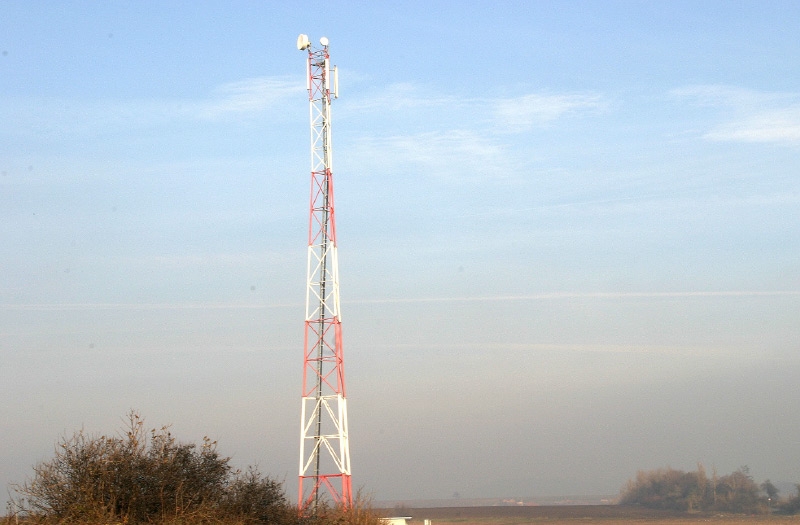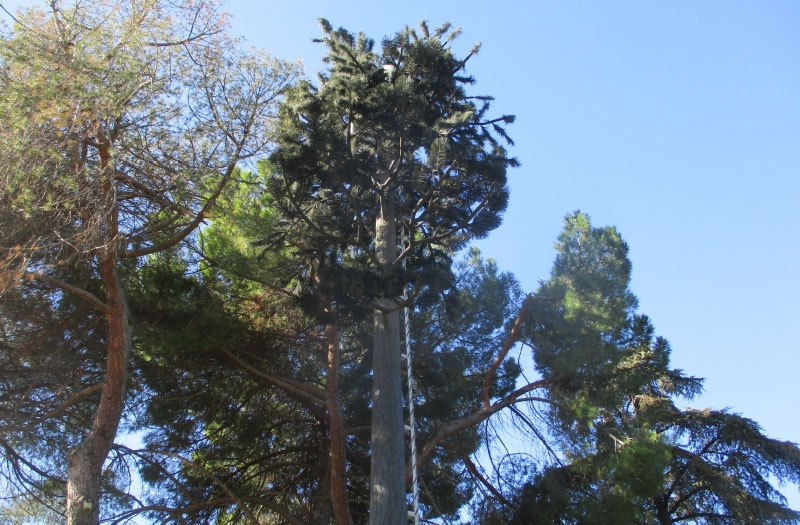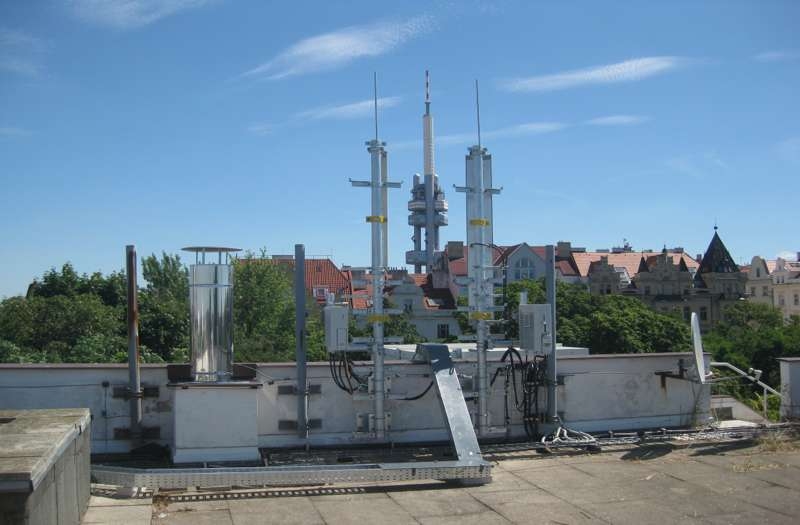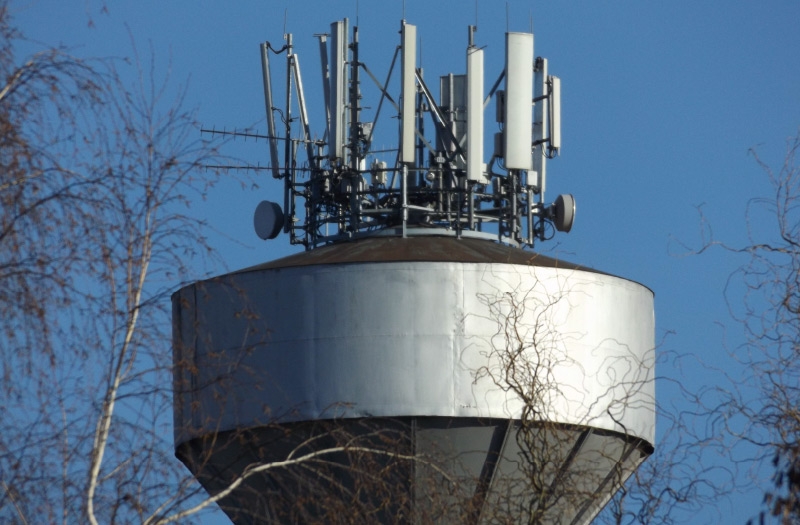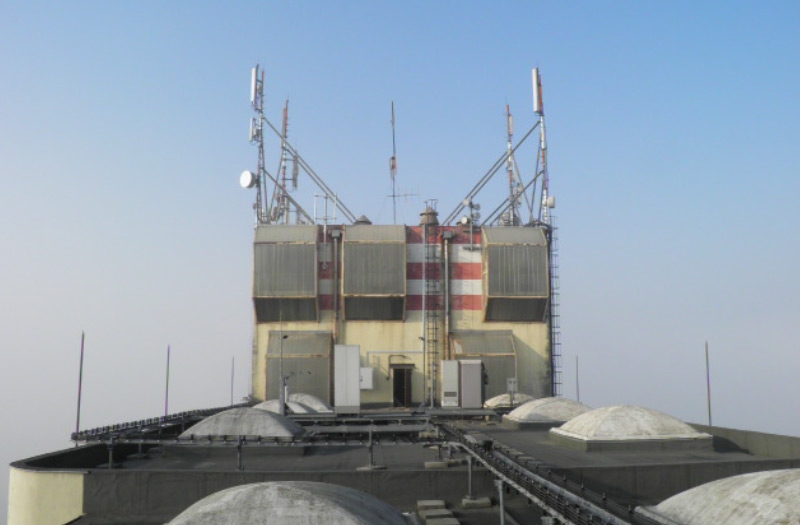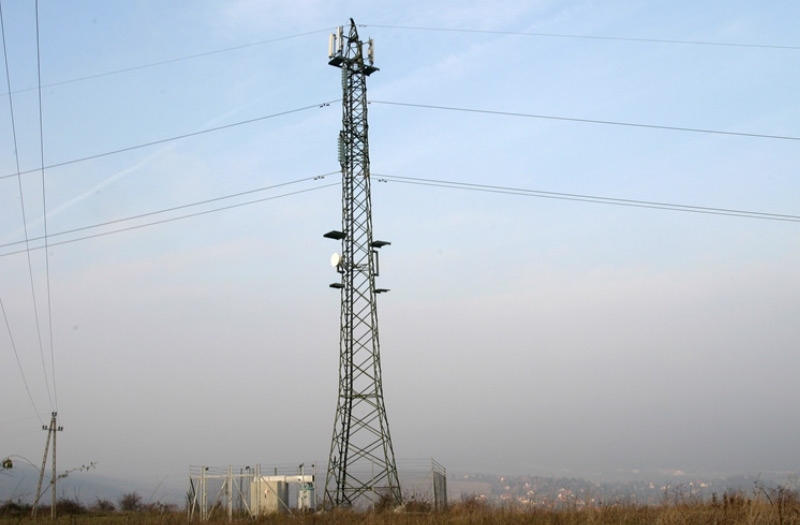What they are, what they do
Macro sites have been at the heart of mobile and fixed wireless network infrastructure for decades: they’re powerful and reliable, but also versatile and adaptable. They’re key to meeting today’s rapidly evolving connectivity needs… and we own and operate 82,000 of them across Europe.
We’re always evolving our network to meet the changing connectivity demands of both MNOs and non-MNOs across Europe. That can mean delivering faster streaming speeds to the mobile devices of a market-leading operator’s customers. But it can also mean providing the coverage that a utilities company needs for its smart meter rollout, or facilitating the deployment of a public protection and disaster relief (PPDR) network.
We offer our customers two routes to improved macro coverage: colocation on our existing macro sites or best-in-class ‘built-to-suit’ solutions, for more bespoke requirements.
We also offer a number of additional services, from site operation and maintenance, to Fiber-to-the-Site (FTTS), to energy services and power supply management.
Ground-based tower (GBT) sites
Capable of delivering high-quality connectivity across a network with a substantial European footprint, our ground-based towers are optimised for cost, location and time-to-market.
Our GBT sites are typically located in rural and suburban areas, able to extend coverage across relatively vast distances and reach remote parts of Europe that once struggled to receive high-quality connectivity.
Urban areas are also increasingly well served by GBT sites, thanks to the opportunities they provide for infrastructure sharing agreements amongst operators. By renting space on our GBT sites, wider coverage becomes resource-efficient and cost-effective in ways that traditional single tenancy models don’t allow.
Rooftop tower (RTT) sites
The need for lightning fast, reliable and high-quality connectivity in built up areas is rapidly increasing, as MNOs look to meet Europe’s growing data usage demand. This demand is driven by the adoption of internet-based browsing and video/audio streaming. Economies are also increasingly enabled by the Internet of Things – from bringing autonomous cars to market, to advancing the adoption of smarter, greener energy grids.
Our RTT sites are a critical component in a network’s ability to meet these demands. They are and can be deployed in built up areas without the need for extensive civil engineering or ground space. But they can also deliver the same benefits as our GBT sites: reliable, high-quality, 5G-ready connectivity with the opportunity for MNO and non-MNO tenants to enter into sharing agreements on each piece of infrastructure.
‘FTTS’ implementation
A significant number of sites in our macro portfolio are already equipped with fibre connectivity, and we’re committed to increasing this over the coming years. By either serving as a wholesaler in already-fiberised areas, or building and leasing capacity on new fibre, our customers will be better-equipped to deliver the 5G connectivity that a truly digital Europe requires.
In Portugal, 65% of our total sites are already fiberised, which includes more than 90% of our sites in urban areas. Here, we offer two different fibre solutions:
-
Dark fibre wholesale for customers with a transmission network already in place, looking for a ‘one-stop-shop’ solution.
- Leased ethernet with speeds of up to 10gb for customers that need a fast deployment and have no transmission network in place.

Helping to power Europe’s digital transformation
With the advent of 5G, our macro sites are set to play a more important role than ever in the coming years and decades. They will ensure that the drastically increased coverage and capacity that digital societies require will be available wherever our customers and end-users are.
Most obviously, we’ll see this in the explosion of the Internet of Things, Industry 4.0, wearable technologies and other next-generation connected devices set to transform everyday lives and the working world. The rise of autonomous vehicles, for example, is set to revolutionise the way we travel in the coming years. This will only be made possible by infrastructure that can reliably transmit and receive between 5 and 20TB of data from every autonomous car, every single day, at lightning speed. The automotive industry will also be reliant on 5G-connected ‘Industry 4.0’, to overhaul and optimise its manufacturing processes. Increasing automation and the growing use of robotics will become more efficient, cost-effective and adaptable, as 5G connectivity brings more detailed, data-driven control.
- 4 Cooling equipment: continuous operation generates heat; cooling equipment protects critical radio, transmission and some backup battery systems.
- 6 Backup generator: backup power systems kick in to ensure uninterrupted service in the event of main grid failure.
- 1 Antenna: transmits and receives radio signals between connected devices and the base station.
- 2 Remote radio unit (RRU): a remote radio receiver that connects via fibre optic cable for 4G/5G connectivity.
- 3 Microwave dish: active radio transmission equipment.
- 5 Shelter: protects sensitive equipment from the elements, to help ensure 24/7 service.
Our macro sites will be key to delivering advanced digital technologies and societies. But they will also allow our MNO and non-MNO customers to ensure that more remote communities can keep pace with, and remain connected to, more urban areas. Our large-scale, geographically-diverse network brings fast, reliable connectivity to those who might otherwise be cut off from Europe’s rapidly changing economies.
This presents numerous opportunities. For example:
-
MNOs able to connect a business’ employees in a way that allows for newly viable remote working models.
- Non-MNOs, such as utility companies, able to remotely monitor outages and emergencies that would otherwise be more difficult and dangerous to locate and overcome.
Related assets and services
